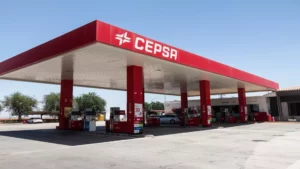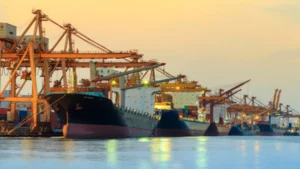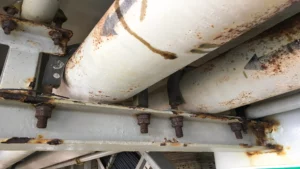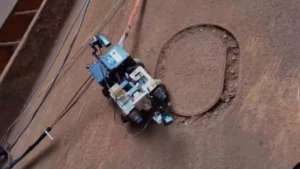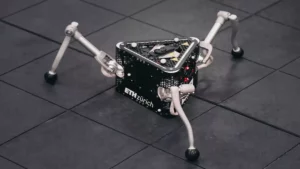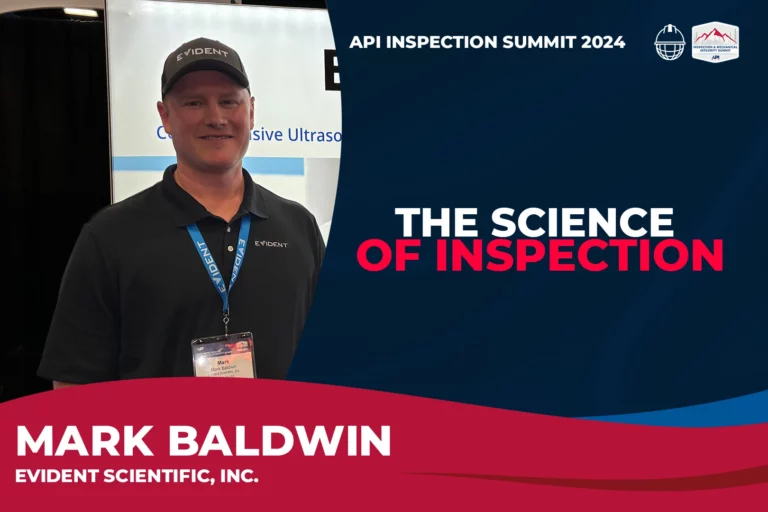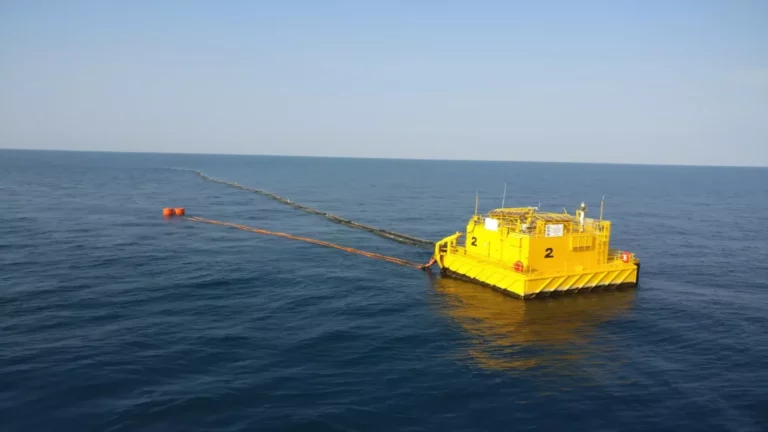Author: Ing. José Martínez, January 16, 2023.
Introduction
Reliability and Industrial Maintenance (RCM) is a very powerful methodology that, when applied correctly, can lead to significant improvements in equipment reliability and production plant performance. While, at the same time, it ensures that the money invested in predictive and preventive maintenance programs is optimized.
All those involved in the operation of an industrial plant, power generation (gas and oil), or manufacturing of any product, it is in the interest that its operation be as smooth as possible.
We hope your march will be as smooth, peaceful and seamless as possible. Not only because of the possible material or production losses, or of some other type, but also because of the potential risk to the integrity of the human beings who work there.
That said, any inspector, engineer or even a trainee should understand the impact that regular use of machinery and equipment has on its value as an asset, due to the normal wear and tear that occurs. And also our novice inspector or trainee will have an idea of the role of maintenance in the total or partial restoration of the functionality of the assets, and the maintenance or even the improvement of the efficiency of the productive processes.

This leads plants to run not only more productively, but more reliably. The modern approach includes environmental care as well as the safety of staff and the general public.
In the past, maintenance was reduced to simplistic and very basic terms: equipment shutdown (due to failure) and preventive maintenance. Beginning in the late 80s and early 90s, there were significant changes in the discipline of maintenance. These times were the ones that saw the appearance of concepts such as Condition-Based Maintenance and “Predictive Maintenance”, a term with a certain mystical air. The reason is simple: because of the impression generated on customers by entering the plant at the exact moment when a turbogenerator stopped for some reason, according to its previously issued warnings.
Later, strategies would appear that would be widely disseminated, such as Total Productive Maintenance or TPM, World Class Maintenance or World Class Manufacturing (WCM) and Six-Sigma, concepts originating from a quasi-philosophical Quality system that encompassed Maintenance management. within it. (Prabakhar -2018).
The underlying idea behind all this was to keep the equipment, systems and subsystems operating under the proper standards that (at least theoretically) should guarantee their reliable, efficient and effective operation. Of course, always bearing in mind that the assets have a previously established lifetime.
In more recent times, the aforementioned maintenance strategies would evolve and be seen under another approach to give rise to more modern perspectives such as Plant Maintenance and Reliability Management. The most up-to-date reader will surely be more familiar with these terms than with the already dusty (and somewhat ostentatious, it must be said) “World Class” and “Total Productive”.
The substitution of these approaches is not due to their names: their definitions inherently carried limitations that made it necessary to evolve towards conceptions whose implementation is less complex and limited.
Therefore, the solution for scholars in the area was to group the methods for better understanding. in the following way:
Analysis simplification, optimization methods, broad strategies, and mathematical models.
Under the first group we have proposals such as those of Endrenyi et al (2001), who modifies the RCM to generate a method called Preventive Maintenance Optimization (PREMO). It is described as based on task analysis, rather than systems analysis. This approach drastically reduces the number of maintenance tasks. Another approach is provided by Mokashi et.al. (2002) who presents a method called PMO2000, in which failure modes are identified through the analysis of maintenance tasks.
For their part, Bevilacqua and Braglia (2000) mention a case in which specialists used a “criticality analysis” based on the FMECA technique, to offer a solution to the maintenance strategy selection problem. The parameters for this approach were the criticality of the machines, the operational conditions, the maintenance costs, the safety, the frequency of failures, the downtime, and the ease of maintenance of the machine.
Advantages and Disadvantages of Reliability Centered Maintenance (RCM)
The successful implementation of reliability centered maintenance benefits companies that can afford it. The framework takes the guesswork out of maintenance prioritization and helps organizations maintain assets in a consistent, structured, and cost-effective manner.
Since RCM relies heavily on predictive maintenance (PdM) technologies, the pros and cons of your program reflect that.
However, it enables companies to better match resources to equipment needs, while improving reliability and reducing costs, more than any other PdM strategy.
Advantage:
— Increased efficiency.
RCM increases overall system efficiency by only focusing on system management, increases performance activity by eliminating faults, increases asset utilization by simply making it error-free, and reduces the causes of maintenance.
– Cost reduction.
It also reduces maintenance costs by eliminating unwanted faults before they occur, as some faults require more cost and resources to fix. Therefore, it reduces overall maintenance and resource costs.
— Improved productivity.
By successfully maintaining the system and reducing any sudden failures, you improve customer satisfaction and increase reliability.
— Substitution of assets.
If any asset fails for any reason or is destroyed, then it is important to replace that particular asset with a new one that will easily improve features that have the ability to do the same function.
Disadvantages
—Continuous maintenance.
One of the main disadvantages of RCM is that it requires ongoing and regular maintenance to keep assets more reliable and safe from failure.
— Requires training and start-up costs.
Before performing reliability centered maintenance, training is mandatory and the cost of starting the program can be high.
Initial implementation costs are high. Performing an RCM analysis requires teams to invest a lot of time, money, and resources to get started. The return on investment may be slower than executives expect.
— Requires time and resources.
Initially, it requires more time and resources to successfully run the RCM analysis, which is very necessary to maintain priorities.
— It does not take into account the cost of maintenance.
Another big disadvantage is that it simultaneously incorporates all types of maintenance strategies, including some of their drawbacks.
— Complexity.
Although it is effective, on the other hand, it is a complex and difficult method to carry out.
Conclusions
The main objective of the RCM program is based on developing and establishing an effective and unique maintenance strategy for each asset. But, it has a high risk of failure with major consequences if it fails. Here, the asset is any element, piece of equipment, device or other component of the system.
It is a methodology designed to reduce the impact of equipment breakdowns through a greater understanding of the operation of the asset, of what it can and cannot achieve.
By knowing the failure mode and root causes, maintenance efforts are focused on solving the fundamental problems and, therefore, on improving the reliability of equipment or processes.
RCM programs reduce unnecessary costs, improve safety and eliminate unnecessary work orders.
Larger companies that can afford to implement advanced periodic maintenance strategies benefit the most from a comprehensive RCM system.
Let’s continue the discussion in the next article!
References
DEEPAK PRABHAKAR[1], DHARMARAJ A[2]
[1] Research Scholar, Department of Management, Karpagam Academy of Higher Education, Coimbatore, Tamil Nadu, India
[2]Associate Professor, Department of Management, Karpagam Academy of Higher Education, Coimbatore, Tamil Nadu, India
3 Turner, S. (2002). PMO Optimization: A Tool for Improving Operations and Maintenance in the 21st Century. International Conference of Maintenance Professionals. Melbourne.
Author: Ing. Jose Martinez

About the author:
Eng. Jose Martinez de Munck. 15 years of experience in Inspection of equipment for Industries of Oil and Gas




